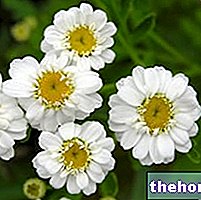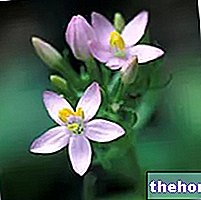
Scientific name
Cinchona succirubra, syn. Cinchona pubescens; Cinchona yellow (C. calisaya), Cinchona gray (C. officinalis L.)Family
RubiaceaeOrigin
Peruvian Andes, Africa, India, IndonesiaSynonyms
Red inkParts Used
Drug given by the bark (Official Pharmacopoeia)Chemical constituents
- Alkaloids (cinchonidine, cinchonine, quinidine and quinine);
- Tannins;
- Bitter substances (triterpenes).
China in Herbalist: Property of China
Cinchona has always been used as an aperitif and digestive: in fact, it increases the hydrochloric secretion of the stomach. It is better to use the fluid extracts of cinchona, to be taken diluted in water half an hour before meals.
The cinchona is endowed with very important antimalarial virtues; in fact it represents the natural source of a very important drug in the fight against malaria, called quinine.
Cinchona extracts are also important in cosmetics, where they are part of the formulation of skin purifying products intended for use on impure skin and oily hair.




























